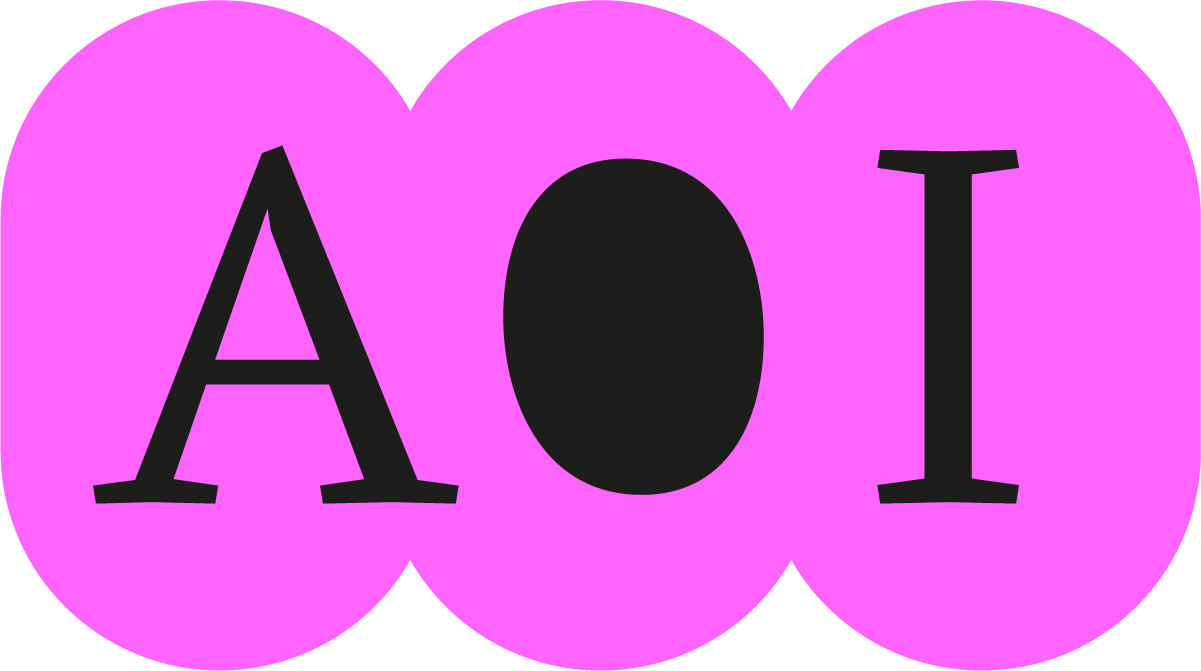By Dominique Grisard, regarding the upcoming feminist assembly, 3–4 May in Zurich.
Curating Difference?
art of intervention was born out of the precarity of critical thinking today and the need to seek, build and nourish caring alliances with likeminded people. Ever since our first collaboration with Kunstmuseum Basel Gegenwart in 2018, we have joined forces with a diverse set of people, collectives, networks, and institutions in the arts. By «intervention» we do not mean to just disrupt but to also build bridges, connect with others, foster alliances and work collaboratively in all kinds of constellations.
This is where «Curating Difference – Different Curating?» comes in:
On a personal level it is the result of inspiring collaborations with Swiss cultural institutions and a deep commitment to art-based research on gender, diversity and power in Swiss cultural institutions. So yes, there is a personal investment, and already existing collaborations and alliances that prompted this event. This is important. Why? Because it is a distinctly different mode of knowledge production and critique than what we commonly encounter.
This creative process – be it in the academy or in the arts – hinges on relations of care. Contrary to the hegemonic understanding of creativity as a solitary, care-free calling, collaborative creativity predicates on a sense of self as fundamentally relational, and as Adorno would put it, on the conditions of possibility of difference without having to fear being met with violence, being made invisible, ignored, reduced or made to fit the mold – on an institutional, symbolic and personal level:
On a symbolic level, «Curating Difference – Different Curating?» underscores the vital importance of alliances, collaborations and networks, as a practice that is different to the still hegemonic notion of the individual person as the locus of knowledge and artistic production.
On a structural level, «Curating Difference – Different Curating?» carves out a space for difficult if necessary discussions about work and the desire for the good life for all, interrogating and refusing
- the tried and tested, well-oiled processes of hierarchical art institutions as our place of employment,
- our training in hierarchical institutions of education,
- the demands of a capitalist and neoliberal art system that predicates on competition, lone decision making, assertiveness, and self-promotion,
- the bourgeois gender order and the way it conceives of care and career as mutually exclusive spheres while implicitly expecting women to take on invisible care work at their place of employment.
Clearly, there is a need and a desire for difference. As one of the experts in our ongoing research project «Gender and diversity monitoring in cultural institutions» contemplated:
Why is difference such an attractive thing? Not just in the arts of course (…) in visual culture, difference is something like a driving force (…) this is also a part of the history of racism which has to do with the desire to look at others and that continues to this day.»
Critically reflecting on the long history of fetishizing the ‘other’ as spectacle and the way spectacularizing difference has served to reaffirm the white innocence of the genius artist, helps us better understand and intervene in the racialized regime of representation with an eye to its economic and institutional conditions of possibilities. This critique is the cornerstone of seizing opportunities in our quest for more just and equitable modes of representation, recognition, participation and redistribution in the arts.
Indeed, we find ourselves in a social moment of institutional openness towards difference:
- there is genuine interest, demand and need for more diverse curating and programming,
- for new and different modes of production and leadership,
- scrutiny of who works in art institutions how, under what conditions and for whom,
- an interest in collaborations in curating, and
- curiosity on how to do things otherwise in the arts.
How do we use this openness towards more equity, diversity and inclusion in the arts towards effecting sustainable change?
Relating Otherwise?
Going against the current entails calling into question that what art institutions are built on: the unique, self-propagating and carefree artist self. Though it seems as if Linda Nochlin’s critique and dismantling of the lone wolf genius-artist (and by extension: curator) that she voiced in the 1970s can finally be heard. Indeed, there is a growing consensus that Swiss art institutions are lagging behind in major social developments in Switzerland as a nation state with a diverse society. Coalitions such as the initiative art+care are vocally connecting art making and curating with family life and care responsibilities beyond that are not just brushed aside anymore.
Today the majority of curators in art institutions are women. Indeed, a substantial number of Swiss art institutions are directed by women. These curators can draw on the experience of a past generation of influential female curators. As hopeful as this makes us feel, the fact that more women working in art institutions, even in leadership positions, does not automatically translate into more inclusive, diverse or caring relations of production and programming.
What we need are structural changes. We need to learn from those agents and networks in the field that are already doing things otherwise, and to work towards translating and implementing these practices in institutional structures and organizational processes. This strikes us as the only sustainable way of transforming processes and institutions and of intervening in the cycle of forgetting and re-discovering practices that have been tried and tested by generations before – a phenomenon that is well known in feminist genealogies.
What if institutions approached their employees and exhibiting artists with the following questions: What do you need? What can we do? Relating otherwise means to hold art institutions accountable to tackle issues of equality and care beyond the marketization of diversity. Each and every one of us needs to reflect their stance toward difference as it informs how we interact with said difference. For we need to understand how opportunities are shaped (made possible as well as impossible) by different positionalities, different experiences, different access to power as well as our interdependencies in order to recognizing each other for our differences and not of despite them.
Creating a space of exchange on issues of equality, diversity and care
It is against this background that «Curating Difference – Different Curating?» creates a space of exchange on eye level. We are a work in process in the quest of building and sustaining a feminist network of exchange on issues of equality and diversity in the visual arts in Switzerland. This necessarily also entails re-thinking the infrastructures of curating and institutional practices such as considering different models of leadership and curation, building coalitions and supportive structures, and re-organizing exhibition practices around hospitality, participation, inclusiveness, and authorships. What are the tools we need to intervene and transform art institutions from the inside – on a personal and structural level? How are exhibitions already changing, away from the ingenious oeuvre of the autonomous artist toward situated knowledges inspired by many?
Only half a year ago we launched this discussion cycle on «Curating Difference – Different Curating?» at Kunstmuseum Basel. Who knows where we will reconvene in 2025? What we do know is that we will continue building our feminist network of exchange in the quest of a more inclusive, diverse, and caring art field.
Join us!
«Take a seat at a table, discuss with experts in the art world or just listen.» Join the feminist assembly (full program information here) from 3–4 May at Zurich University of the Arts (ZHdK) and Kunsthaus Zurich. On May 3, Stella Rollig will give a lecture «On exhibiting and relating otherwise» at ZHdK. On May 4, «Curating Difference – Different Curating?» is coming to Kunsthaus Zurich, ready to continue our conversation on issues of equality, diversity and care in the arts. To make this happen art of intervention joined forces with On Curating and the CAS in Curating at ZHdK, kindly supported by media partners Visarte Zurich and FatArt.
Cultural labor is only possible under certain conditions: The ability to thrive in the visual arts, for example, still depends on the successful separation of private life/family and work/art and on invisibilizing the former.» (Grisard and Zimmermann, 2023)
At four thematic tables we will discuss how curating, leadership and power, coalitions and networks, as well as a re-thinking of art institutions contributes to making cultural labor more caring, inclusive and diverse:
- leadership & power: Nadine Wietlisbach (Fotomuseum Winterthur) & Nadia Schneider Willen (Migros Museum für Gegenwartskunst)
- curating: new formats: tracy september (Les Complices) & Nadja Baldini (independent curator/Kulturagent.innen Schweiz)
- coalitions & networks: Len Schaller (Visarte Zurich / Kunstmuseum Basel), Arianna Gellini & Linda Jensen (Last Tango)
- re-thinking institutions: Lucie Kolb (FHNW) & Kathleen Bühler (Kunstmuseum Bern)
The event is kindly hosted and supported by Kunsthaus Zurich. While at Kunsthaus Zurich, do not miss the exhibition by the anonymous feminist artist collective Hulda Zwingli.
Image: Collage based on a photograph by Efe Kurnaz on Unsplash.


